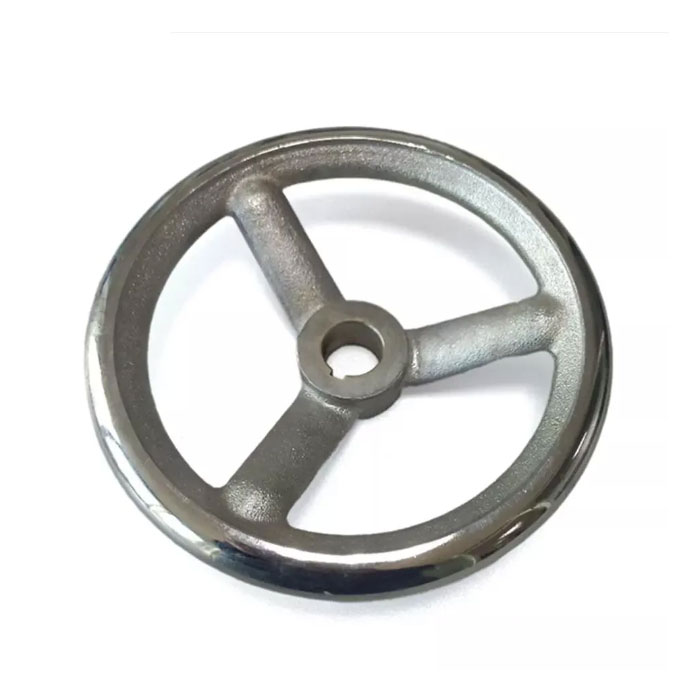What are the typical limitations of investment casting in terms of part size and weight?
2025-03-24
Investment casting, while highly versatile and capable of producing intricate and detailed components, does have limitations in terms of part size and weight. Here are the typical constraints:
1. Part Size:
- Investment casting is generally best suited for small to medium-sized parts.
- The practical size limit typically ranges from a few centimeters to around 1.5 meters (5 feet) in length, depending on the foundry's capabilities.
- Larger molds are challenging to manage due to the risk of distortion or breakage during the casting and cooling processes.

2. Part Weight:
- The weight range for investment casting usually falls between 1 ounce (30 grams) to around 75 pounds (34 kilograms).
- Some advanced facilities may be able to cast parts up to 300 pounds (136 kilograms), but this is not common due to handling and mold stability issues.
3. Material Restrictions:
- While investment casting supports a wide range of materials, certain high-temperature alloys can introduce limitations due to mold degradation.
4. Cost and Complexity:
- For extremely large or heavy components, other methods like sand casting or permanent mold casting may be more practical and cost-effective.
These limitations make investment casting ideal for producing small, complex parts with high precision, such as aerospace components, medical implants, and intricate automotive parts.


